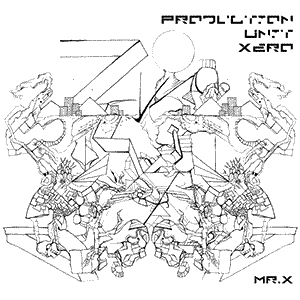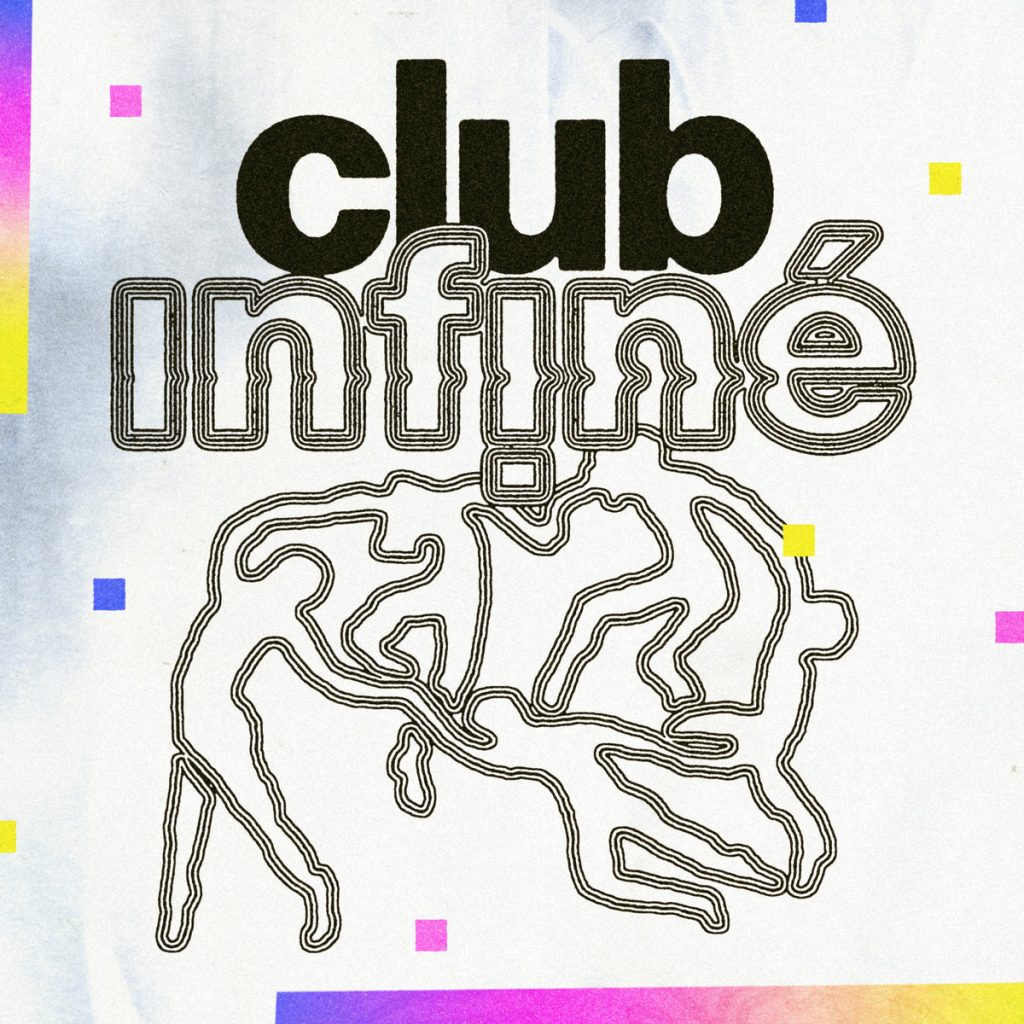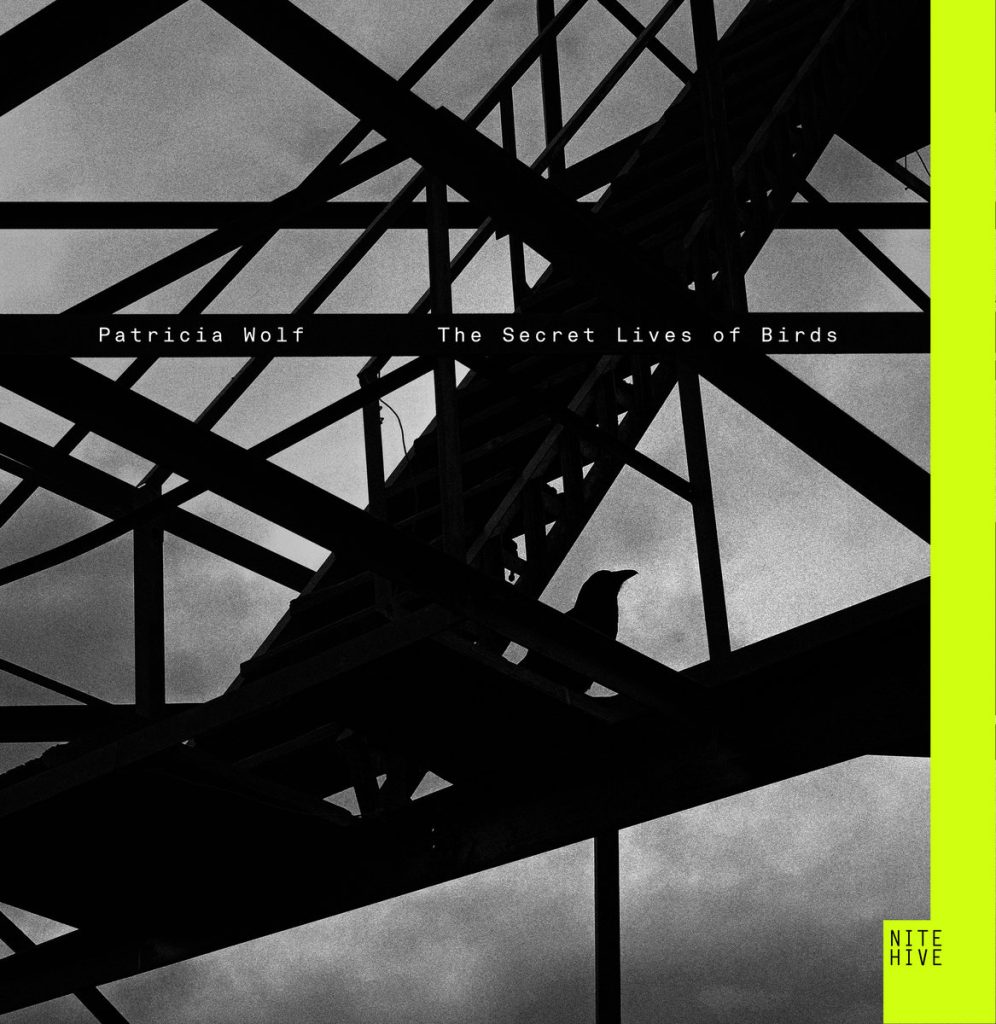Dreamtime Return – Steve Roach (1988) – Album Review

“Dreamtime Return” by Steve Roach: A Sonic Journey Through Time and Consciousness
Released in 1988, “Dreamtime Return” by Steve Roach is an album that not only stands as a monumental achievement in the realm of ambient music but also as a profound exploration of sound’s ability to transport the listener across dimensions of time and consciousness. This double album, inspired by Roach’s experiences with the Australian aboriginal concept of dreamtime and his travels in the Australian outback, weaves a complex tapestry of electronic textures, indigenous instruments, and natural soundscapes, inviting listeners on a journey that is as introspective as it is expansive.
The Essence of Dreamtime
At the core of “Dreamtime Return” is the concept of dreamtime itself, a spiritual, temporal, and conceptual framework integral to Australian Aboriginal mythology. Dreamtime is understood as a kind of alternate reality where past, present, and future coalesce, and it is from this premise that Roach crafts an auditory experience that defies linear narrative, opting instead for a cyclical, immersive exploration of sound and space.
Crafting the Soundscape
Roach employs a vast array of synthesizers, percussion, and flutes, alongside field recordings and the didgeridoo, to create a soundscape that is richly textured and deeply layered. The album opens with “Towards the Dream,” setting the stage with a meditative blend of ambient textures and indigenous instruments that immediately pull the listener into a different state of awareness.
Tracks like “The Continent” and “Songline” further expand the sonic palette, incorporating environmental sounds that ground the ethereal electronic compositions in the tangible, natural world. The use of the didgeridoo, in particular, not only pays homage to the cultural inspiration behind the album but also adds a visceral, organic quality to the music that resonates on a primal level.
An Evocative Journey
“Dreamtime Return” is structured to evoke a journey, not just through the dreamtime concept but through varied emotional and psychological landscapes. “A Circular Ceremony” and “Looking for Safety” stand out as pieces that encapsulate the album’s capacity for storytelling without words, utilizing shifts in tone, tempo, and texture to convey movement, transformation, and the search for solace.
The album’s second half delves deeper into ambient territory, with tracks like “The Other Side” and “Magnificent Gallery” presenting a more introspective, serene auditory experience. Roach masterfully balances moments of tension and release, darkness and light, crafting a narrative arc that is both engaging and contemplative.
Innovation and Authenticity
What sets “Dreamtime Return” apart in the vast landscape of ambient music is Roach’s commitment to authenticity and innovation. The incorporation of indigenous instruments and motifs is done with respect and sensitivity, avoiding appropriation by grounding the work in genuine experience and reverence for the source material.
Moreover, Roach’s pioneering use of synthesizers to create organic, evolving soundscapes challenges conventional notions of electronic music as cold or mechanical. The textures and tones he achieves on “Dreamtime Return” are warm, vibrant, and deeply human, reflecting the natural and spiritual worlds that the album seeks to embody.
A Lasting Impact
Over three decades since its release, “Dreamtime Return” continues to be celebrated not only for its musical achievements but for its profound impact on listeners and artists alike. The album has become a touchstone in the genre, influencing countless composers and musicians with its innovative approach to sound and narrative.
Steve Roach’s “Dreamtime Return” is more than just an album; it is a meditative experience, a sonic odyssey that invites listeners to explore the depths of their own consciousness. Through its masterful blend of electronic and organic elements, the album offers a space for reflection, exploration, and connection, standing as a testament to the power of music to transcend the ordinary and touch the sublime.




